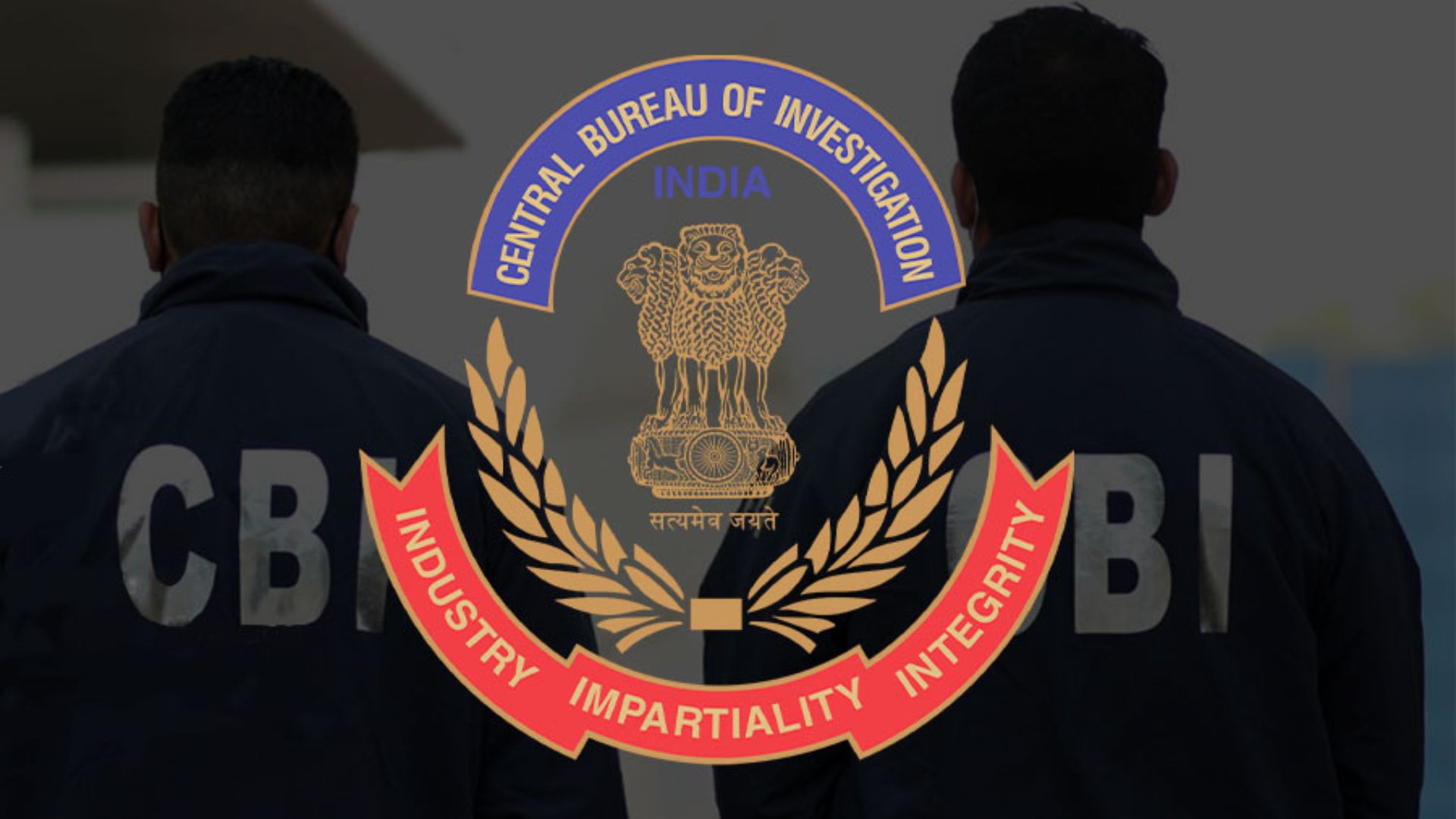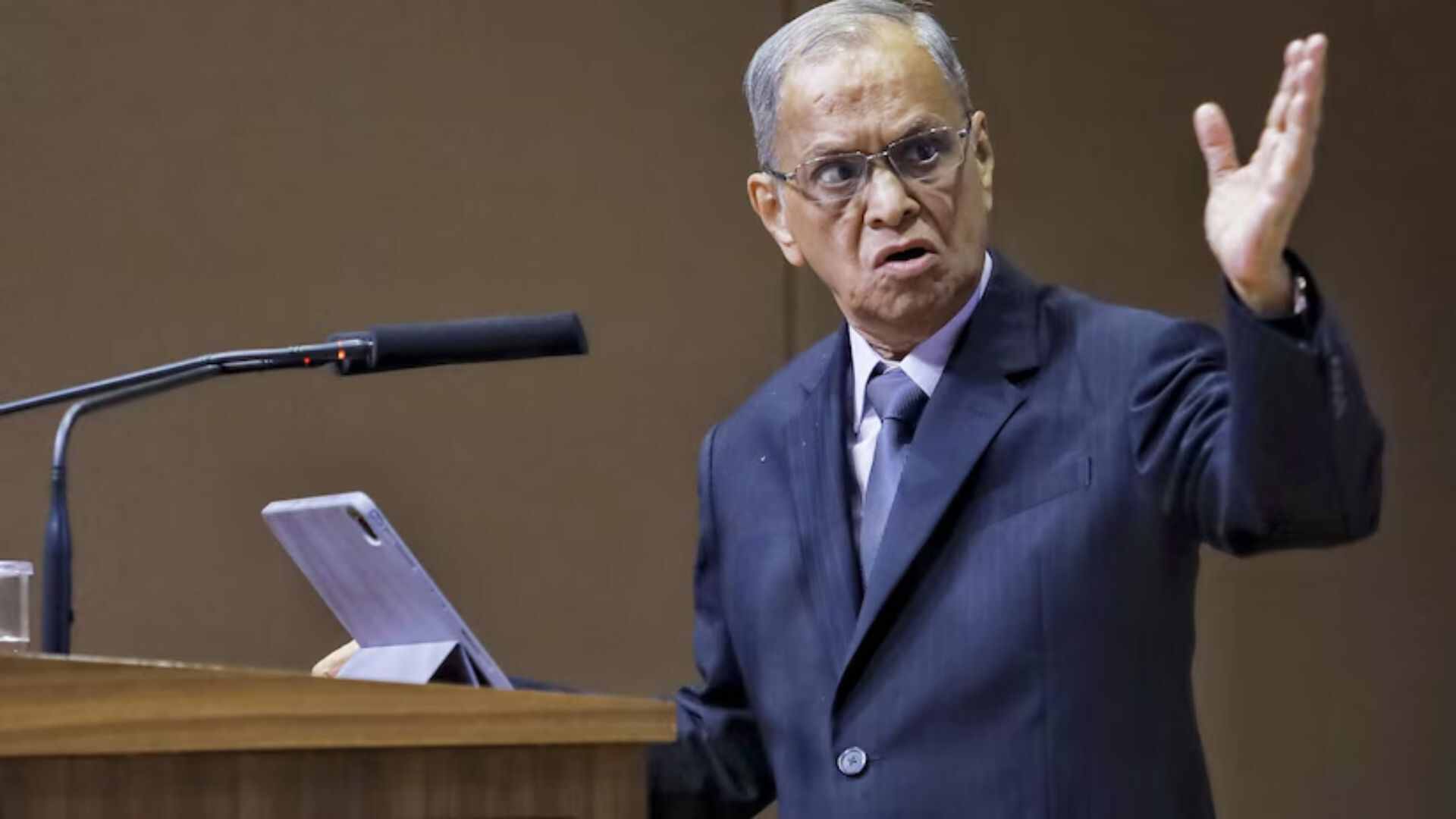
Such is the nature of this government’s articulation that it believes in big bang and dramatic policy announcements, and the latest one is here. In the case of the recent National Education Policy (NEP), which the cabinet has passed, the structural reform may either mean a long, stepwise process of implementation, or a tectonic-shift kind of implementation. If it must be the latter, given the government’s constant anxiety to make a mark on reform, then it must create the required ecosystem in a hurry.
The recent renaming of “Fair & Lovely” cream is only an initial example of how, in this age of social media, societies will impact what industries produce. For far too long we have overemphasized science and technology as the “real” education. But technology needed to be integrated with our ability to think independently and critically, and education should have achieved this goal easily with the interdisciplinary approach. This is especially critical in higher education.
The way forward via this policy, then, would be to introduce our students to a spectrum of thoughts and liberate the mind from established structures. Can this government truly drive such independence without being constantly tempted to nudge the student towards its favourite ideologies?
THE CHANGE IN METHOD
Methodologically, our education system needed more interdisciplinarity and flexibility for the student. For over a decade, this writer has held that higher education suffers from structural problems and that a change in methodology was needed. We brought in some of these changes in a private, independent media college in Pune in the 2000s, and it worked well. That longstanding belief now stands vindicated. Interdisciplinarity by its very nature should bring in a methodological reform, and the new NEP holds that promise. The fluidity of “streams” at the college level is another welcome move to this end.
For liberal education to be truly liberal, it is critical to understand that the traditional disciplinary walls were built to suit structure and not agency. The world we live in today, though, is one that already demands interdisciplinary thinking. An engineer cannot conceptualise mobile or web applications without understanding social, psychological, even cultural needs and environments. Similarly, a writer can no longer claim ignorance of the basics of the digital media technology. It gets even more intriguing with artificial intelligence (AI). But as of now, most of us learn these related aspects on the go, defeating the purpose of formal education.
COMPETENCIES, NOT SKILLS
Hearteningly, the policy attempts to move away from toolsy skills and create uniquely individual graduates by unlocking the greatest potential of all—the potential to think independently. Liberal, interdisciplinary education promotes human empowerment, preparing students to deal with complexity, diversity and change. While providing a worldview, it also offers the opportunity to specialise in one area of study. Adaptability is key to competency, while skills are more grounded in specific technologies and tools.
That is why an important part of our operation in the world must revolve around competencies, and not merely skills. Coding may be a skill, but integrating it with those sociological, psychological and other factors is a competency. This means designing for competency must be the soul of liberal, interdisciplinary education. As we take strides towards populating the new framework, we must recognise this fundamental difference.
Among such new and needed competencies at school and college levels are media literacy, communication and analytics. These are often taught as skills, but when you consider them as competencies, specific skills (such as spreadsheets or presentations) are embedded.
PRACTICAL NIGHTMARE
In theory, learning in native language in the early years should be welcomed, but I consider this the most problematic section of the school-level policy. In the long run, this language policy will help us reclaim our native languages. It may even integrate eclectic cultural values into our thinking. However, it will also imperil a more practical aspect. China had to quickly rethink its erstwhile attempts at similar protectionism for a very practical reason.
Whether we like it or not, the world has consolidated itself this century around English. Making students the instruments of change may mean that those first several generations of students that will live the change will suffer in an English-speaking world. It is impractical to believe we can create an ecosystem in quick enough time that will bring about related changes in technology, research and world hegemony. So, if anything, doing away with English should be the result of a ready infrastructure, not its initiation.
The most suspect practical issue, though, is likely to be government intervention. This government has recently administered its various missions into national educational institutions, from the Swachh Bharat Mission to yoga, lessons under its “Ek Bharat Shreshtha Bharat (EBSB) mission, and promotion of the government’s pension scheme—exposing this government’s obsession with events and publicity.
It is fair to assume that implementing this policy will be a nightmarish long haul for educational institutions. The devil will be in the details, and there are several flags within the new structure. Among the biggest perils of this policy is going to be its impending centralised control. A single control entity could pave the way for control over content, while the very philosophy of liberal education should be to release the control.
The government must ensure, through various interventions such as training and guidance, a proper implementation. On the other hand, it must guarantee that the implementation on ground cannot be allowed to suffer at the hands of the wrong kind of intervention, such as infusion of party-specific ideology.
The new NEP would have been middle-aged by now, had it been implemented earlier. As it had been building up over decades, it could have been implemented in stages. This writer has argued before that some the repeatedly stated changes could be gamechanging. Now it has snowballed into such a radically different structure that it could become too much to chew unless massive, radical efforts run in parallel.
Prof. Shashidhar Nanjundaiah has led private institutes of repute.















